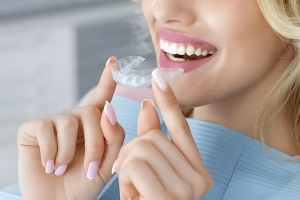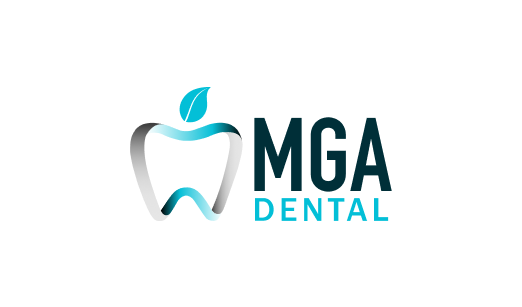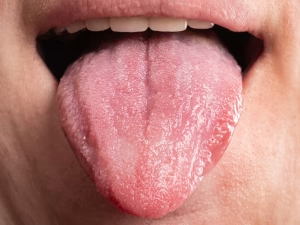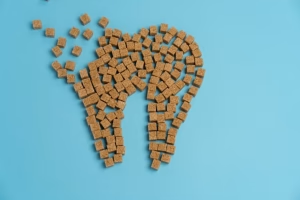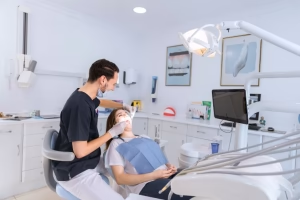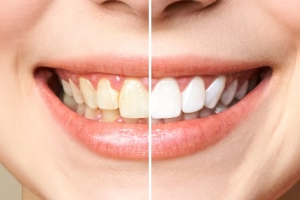How to Take Care of Your Toothbrush and Keep It Clean
14 February 2024
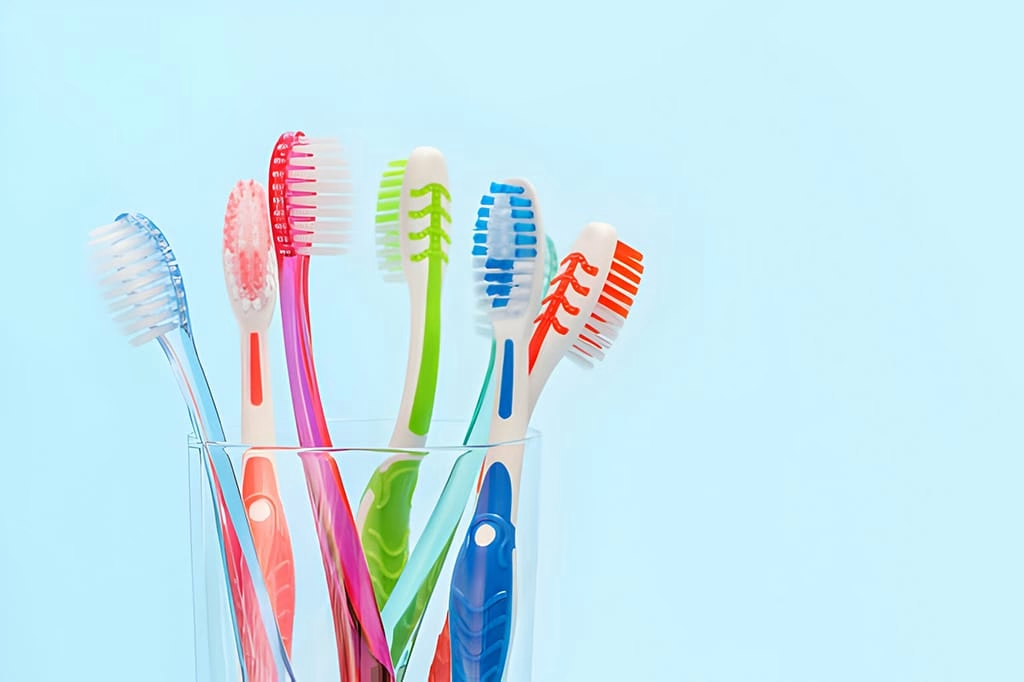
Good oral hygiene is crucial for maintaining healthy teeth and gums. While brushing your teeth regularly is an essential part of this routine, it is equally important to ensure that your toothbrush is clean and free from harmful bacteria. In this blog post, we will explore various methods and tips on how to take care of your toothbrush and keep it clean, helping you maintain optimal dental health.
Imagine waking up in the morning, reaching for your toothbrush, and realizing that it is dirty and covered in bacteria. Not only is this unhygienic, but it can also have adverse effects on your oral health. By following these simple steps, you can ensure that your toothbrush remains clean, germ-free, and ready to use whenever you need it.
Let’s dive into the details of how to clean a toothbrush effectively and keep it in pristine condition.
How to Clean a Toothbrush
Properly cleaning your toothbrush is crucial to prevent the accumulation of bacteria and maintain good oral hygiene. Here are some methods you can use:
1. Run hot water over it before and after each use: Before and after brushing your teeth, rinse your toothbrush under hot water for at least 20 seconds. This will help remove any debris or toothpaste residue that may be left on the bristles.
2. Soak it in antibacterial mouthwash: Another effective method is to soak your toothbrush in antibacterial mouthwash for a few minutes after each use. This will help kill any remaining bacteria and keep your toothbrush clean and fresh.
3. Should you be boiling toothbrushes? Boiling your toothbrush in water is not recommended, as it can damage the bristles and make them less effective in cleaning your teeth. Stick to the aforementioned methods to ensure proper cleaning without causing any harm to your toothbrush.
4. Denture cleanser: If you prefer a more thorough cleaning, you can also use denture cleanser tablets. Simply dissolve one tablet in a glass of water and soak your toothbrush in the solution for the recommended time. This will help eliminate any bacteria or germs that may be present on your toothbrush.
5. UV toothbrush sanitizer: For an extra level of cleanliness, you can invest in a UV toothbrush sanitizer. These devices use ultraviolet light to kill bacteria and germs on your toothbrush. Simply place your toothbrush inside the sanitizer after each use, and it will be ready for your next brushing session.
How to Keep a Toothbrush Clean
Aside from cleaning your toothbrush after each use, it is essential to adopt good habits to keep it clean and germ-free. Here are some tips to help you maintain a clean toothbrush:
1. Store it in hydrogen peroxide solution that’s changed daily: After cleaning your toothbrush, you can store it in a small cup filled with hydrogen peroxide solution. Make sure to change the solution daily to prevent the growth of bacteria. This practice can help further disinfect your toothbrush and keep it clean between uses.
2. Avoid storing toothbrushes side by side: To prevent cross-contamination, avoid storing multiple toothbrushes in the same holder or in close proximity to each other. This will help reduce the risk of bacteria spreading from one toothbrush to another.
3. Keep it as far away from the toilet as possible: Bacteria from the toilet can become airborne when flushed, and it is best to keep your toothbrush as far away from the toilet as possible. Store it in a cabinet or use a toothbrush holder with a cover to protect it from any potential contamination.
4. Clean toothbrush covers and holder: If you use a toothbrush cover or holder, make sure to clean it regularly. Bacteria can accumulate on these surfaces, and if left uncleaned, they can transfer onto your toothbrush. Wash the cover or holder with warm, soapy water and allow it to dry thoroughly before using it again.
5. Use a toothpaste dispenser: Instead of squeezing toothpaste directly onto your toothbrush, consider using a toothpaste dispenser. This will help prevent any residual toothpaste from accumulating on the handle of your toothbrush, keeping it cleaner for longer.
When to Replace Your Toothbrush
Knowing when to replace your toothbrush is just as important as keeping it clean. Over time, the bristles can become worn out, making them less effective in cleaning your teeth. Here are a few signs that indicate it’s time to replace your toothbrush:
1. Bristles fraying or bending: If you notice that the bristles on your toothbrush are frayed, bent, or splayed, it’s time to get a new one. Worn-out bristles are less effective in removing plaque and can even damage your gums.
2. Illness: If you have been sick, especially with a contagious illness like a cold or flu, it is advisable to replace your toothbrush once you recover. This helps prevent reinfection and ensures that you are not introducing harmful bacteria back into your mouth.
3. Every three to four months: As a general rule, it is recommended to replace your toothbrush every three to four months, or sooner if the bristles show signs of wear. This ensures that you are using a clean and effective toothbrush for optimal oral hygiene.
Conclusion
Taking care of your toothbrush and keeping it clean is essential for maintaining good oral hygiene and preventing dental problems. By following the methods and tips outlined in this blog post, you can ensure that your toothbrush remains clean, germ-free, and ready to use whenever you need it. Remember to clean your toothbrush after each use, adopt good storage practices, and replace it regularly to maintain optimal dental health. With a clean toothbrush, you can confidently brush your teeth, knowing that you are taking the necessary steps to keep your smile bright and healthy.

